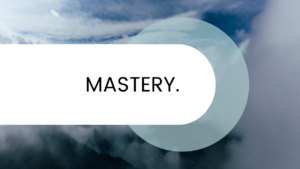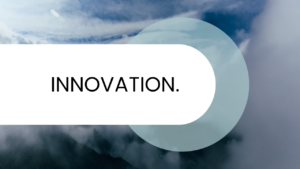Strategy in Change
One of the obstacles hindering the transformation of our work methods is the traditional annual planning process. In conventional organizations, this document outlines our strategic direction, detailing where we aim to thrive and how we plan to succeed. It encompasses decisions related to structure, budgets, projects, and more. The issue arises when we invest substantial effort in its creation, treating it as an absolute truth rather than adapting it based on our real-world observations and experiences. This rigid approach restricts teams from evolving their operational strategies. To overcome this, consider downgrading your annual operating plan from a fixed document to an annual operating prediction. Empower teams to shape their localized strategies and operations according to their unique contexts. By doing so, you create room for organic growth, enabling the emergence of innovative ideas and maximizing the collective potential of your team members.
Questions on Strategy
The following questions can be applied to the organization as a whole or the teams within it. Use them to provoke a conversation about what is present and what is possible.
- What is our current strategy?
- How is our strategy informed by our purpose?
- What are the factors making the difference between success and failure?
- What are the trade-offs we’re willing to make?
- How do we develop, refine, and refresh our strategy?
- How do we communicate our strategy?
- How do we use strategy to filter and steer day-to-day?
- How does our strategy inform our planning process?
What does it mean to be People Positive about strategy?
Recognize that sound strategy depends on our ability to perceive what’s really going on. Each of us has a piece of that truth. Create shared consciousness through forums and tools that integrate different perspectives, and question the logic of your strategy regularly.
What does it mean to be Complexity Conscious about strategy?
Accept that in areas of rapid change, your strategy is only as good as your ability to learn and adjust course. Because complexity is inherently surprising, know that effective strategies may appear unlikely or counterintuitive, until they’re suddenly obvious.
Now that you are familiar with the dimensions of our theory, let’s discuss how we can apply it. Like many other tools, our approach can be used in different ways. It can be used descriptively to describe your own way of working or that of another team. It can be used diagnostically to analyse positive or negative patterns we have observed (e.g. why do new employees feel confused by the onboarding process?). In addition, some teams use our approach to envision how the organisation could evolve.
We use it primarily as an awareness-raising tool to capture stories, tensions and experiments that are happening in the real world. We ask the teams themselves to interpret what is happening. Regardless of the approach, our approach usually triggers a rethink in the teams as they begin to systemically rethink the way they work. A meeting is no longer just a meeting; it becomes a forum for belonging, an opportunity to share information, a chance for buy-in or even a potential waste of time. Our approach encourages such conversations, and these conversations will ultimately lead to change.
Every decision is associated with emotions. When you are faced with a decision, the subcortical structures in your brain are activated and trigger a cascade of emotions, instincts and bodily sensations. These elements influence a somatic decision or even bring it about before you are aware of it. This phenomenon is commonly referred to as a “gut feeling”. The interplay between our different thought systems happens so quickly and seamlessly that we often don’t even realise it. We may hold on to the belief that most of our decisions are made objectively and rationally, but this is not the case.
Therefore, at this point, you should have already made your decision. Somewhere in your mind or body, you know it. Either you believe that we need to change the way we work and are ready to take that step, or you don’t believe it and never will. Those who believe – the catalysts, the visionaries, the risk-takers – have understood that the future will not be a desirable place unless we change how we work together as humans to design and build the future in a way that employees will love coming to work.
So where do we go from here? The answer is simple; the implementation is a challenge. If you have some responsibility over others – in business, philanthropy, education, public service, your community or even at home – it’s your job to improve the humanity, vitality and adaptability of the current organisational system. If you are ready to do so, we can embark on this journey together.
You might also be interested in
MEMBERSHIP IN CHANGE
How we define & cultivate relationships; the boundaries & conditions...
WORKFLOW IN CHANGE
How we divide and do the work; the path and...
MASTERY IN CHANGE
How we grow and mature; the journey of self-discovery; our...
MEETINGS IN CHANGE
How we convene and coordinate; the many ways members and...
INFORMATION IN CHANGE
How we share & use data; the flow of data,...
INNOVATION IN CHANGE
How we learn & evolve; the creation of something new;...






